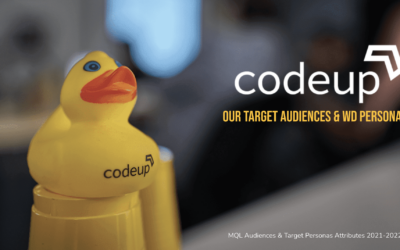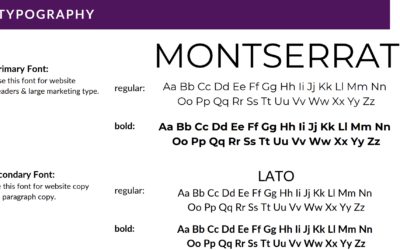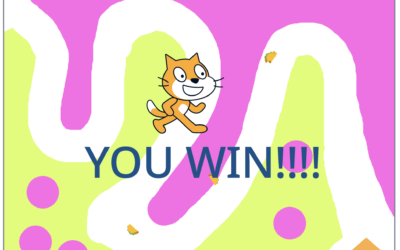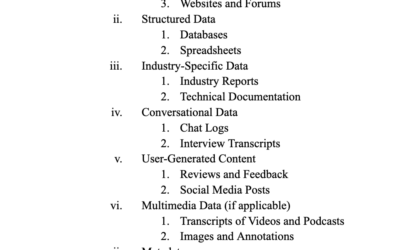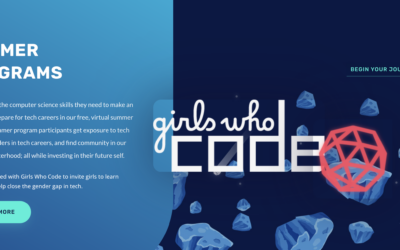Creating personas requires pulling in and organizing data like demographics (age, gender), psychographics (interests, values), and behaviors (buying habits). There’s often a lot of data, and the challenge is turning that into something useful without overwhelming the business.
Plain Language Theory
Plain Language Theory emphasizes clear, straightforward communication that is easily understood by the intended audience. Its goal is to eliminate unnecessary complexity in writing and design, ensuring that information is accessible to everyone, regardless of their education level or expertise.
Marketing Brand & Voice Guides
These Brand Guides integrate UCD with Visual Hierarchy and Gestalt Principles to showcase well-rounded design approaches, rooted in theory while remaining practical and user-focused. While each guide contains comparable elements, you’ll easily see the varied approaches.
Standard Operating Procedures
Crafted for a marketing department, developed using both Participatory Design and User-Centered Design methodologies, this project includes two Standard Operating Procedures (SOPs). By involving team members throughout the process and focusing on their specific needs, these SOPs were tailored to ensure clarity, efficiency, and usability, making them practical tools for day-to-day operations.
Teaching WordPress on YouTube
See the quantitative data on the impact of applying Cognitive Load Theory to my video content to improve user viewing time. I’ve been a YouTuber since 2014, and throughout that time, I’ve learned some valuable lessons. The theories and strategies I share here are a culmination of those experiences, helping me evolve my content into videos that are both educational and engaging.
Instructional Design for Kids’ Scratch Games
Leveraging Participatory Design principles, I created and refined the Tunnel of Doom Scratch Camp by gathering real-time feedback from young participants. This approach ensured the curriculum was engaging, accessible, and tailored to meet the kids’ learning needs.
Custom GPT Course for Entrepreneurs
This course started with Ethnographic Research as the foundation for designing with Plain Language Theory and Multimodality Theory, empowering entrepreneurs to effectively leverage tools like ChatGPT to generate various types of documents and marketing copy.
Brand & Website Design for a Kids’ Code Camp
This kids’ website uses Multimodality Theory to create an engaging experience by combining visuals, sound, and text. The design encourages learning through multiple forms of media, making the site both interactive and easy to navigate. By applying clear information design and playful interaction, the site is accessible and fun for kids of all ages.

